Introduction
Welcoming a new baby is a joyous time—but it can also be stressful for dogs. Their world shifts abruptly: the routine changes, new sights and sounds emerge, and the baby becomes the center of attention. Proactive preparation and gradual introduction help your dog adjust smoothly to the growing family.
Understanding Canine Behavior
Territorial Instincts: Dogs view the home and family as their pack. A new member can disrupt established hierarchy, triggering anxiety or protective behavior.
Sensitive Hearing: Baby cries and coos may be stressful for dogs. Sudden noises can startle or irritate them if not introduced gradually.
Attention Shifts: Dogs accustomed to undivided attention may become jealous or exhibit attention-seeking behaviors when the baby arrives.
Preparation Before Baby’s Arrival
Update Training & Commands
Reinforce basic obedience: “sit,” “stay,” “leave it,” “wait,” and “place.” A well-trained dog responds to commands even amid distractions.
Practice holding a baby doll while giving treats to the dog, associating the doll (baby) with positive experiences.
Introduce Baby Items
Bring home baby scents: blankets, lotions, or clothing before maternity leave. Let your dog sniff and investigate these items under supervision.
Place baby furniture (crib, changing table) in the nursery early so the dog can explore before baby arrives.
Adjust Routine Gradually
If possible, shift your dog’s feeding, walking, and playtimes to match post-baby schedules. A smoother transition reduces stress when the baby arrives.
Exercise & Enrichment
Increase physical exercise and mental enrichment (puzzle toys, scent games) during this period. A tired dog is more likely to remain calm when the baby arrives.
First Introduction Strategies
Maintain Calm Environment
When you first bring the baby home, have both parents present if possible. Keep greetings low-key—avoid enthusiastic shouting that can stress the dog.
Leash & Controlled Approach
Keep your dog on a leash and allow them to approach the baby slowly. Let the dog sniff gently without crowding. Praise calm behavior with treats and soothing voices.
Positive Reinforcement
Reward your dog for calm curiosity: a soft voice, petting, and treats when they remain relaxed near the baby. Ignore overly excited barking or jumping.
Establish Safe Zones
Provide a separate, quiet space where your dog can retreat—preferably with comfortable bedding and favorite toys. Use baby gates or doors to give the dog distance when needed.
Ongoing Management
Supervision & Boundaries
Never leave the baby and dog unattended, even if your dog is usually gentle.
Use baby gates or playpens to separate them when supervision isn’t possible.
Quality Time & Attention
Continue dedicating one-on-one time for walks, play, or cuddle sessions. Incorporate the baby into routine activities so the dog associates baby presence with positive outcomes.
Monitor Behavior Changes
Watch for signs of stress or jealousy: loss of appetite, excessive whining, destructive chewing, or withdrawal. Address these with additional training, enrichment, or consult a professional behaviorist if needed.
Baby-Proofing
Secure small objects (pacifiers, toys, socks) that a curious dog might ingest. Keep diaper bags, baby lotions, and medications well out of reach.
When Professional Help Is Needed
If your dog displays aggressive behavior—growling, snarling, lunging—toward the baby, seek assistance from a certified animal behaviorist or trainer immediately.
For separation anxiety or sudden, unexplained anxiety, consult your veterinarian to rule out medical causes.
Conclusion
Integrating a new baby into a household with a dog requires patience, planning, and consistent training. By preparing your dog, managing introductions calmly, and maintaining routines, you’ll foster a safe, loving environment for both baby and pet. With positive reinforcement and supervision, your dog will learn to accept and even cherish their new human sibling.

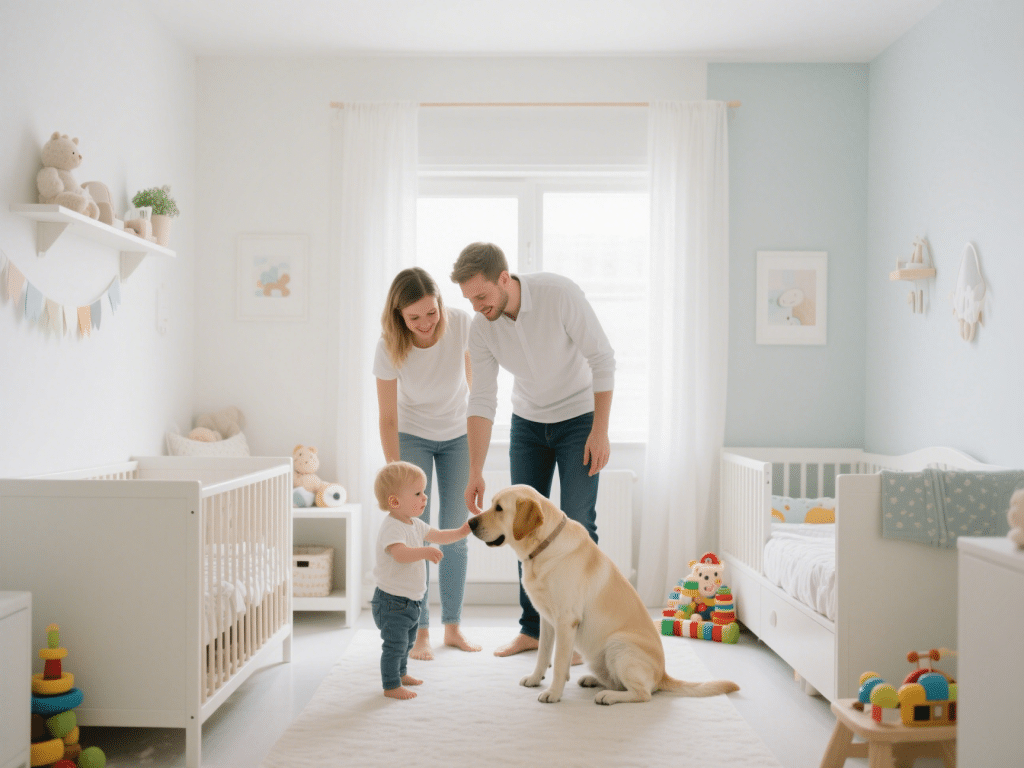

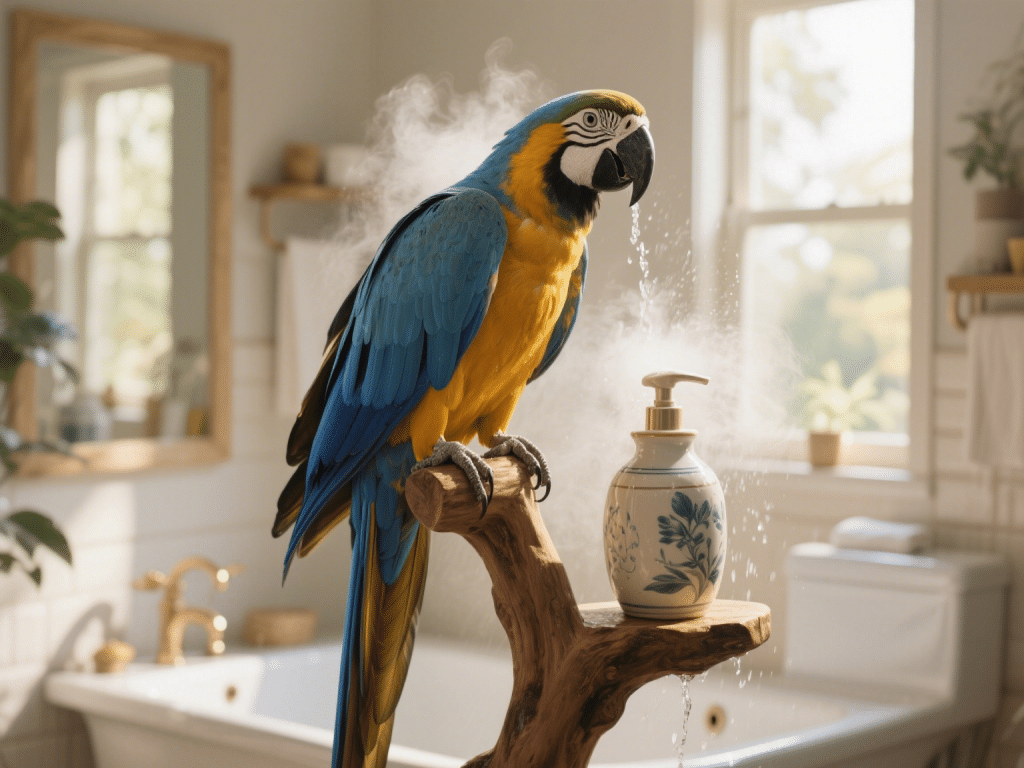
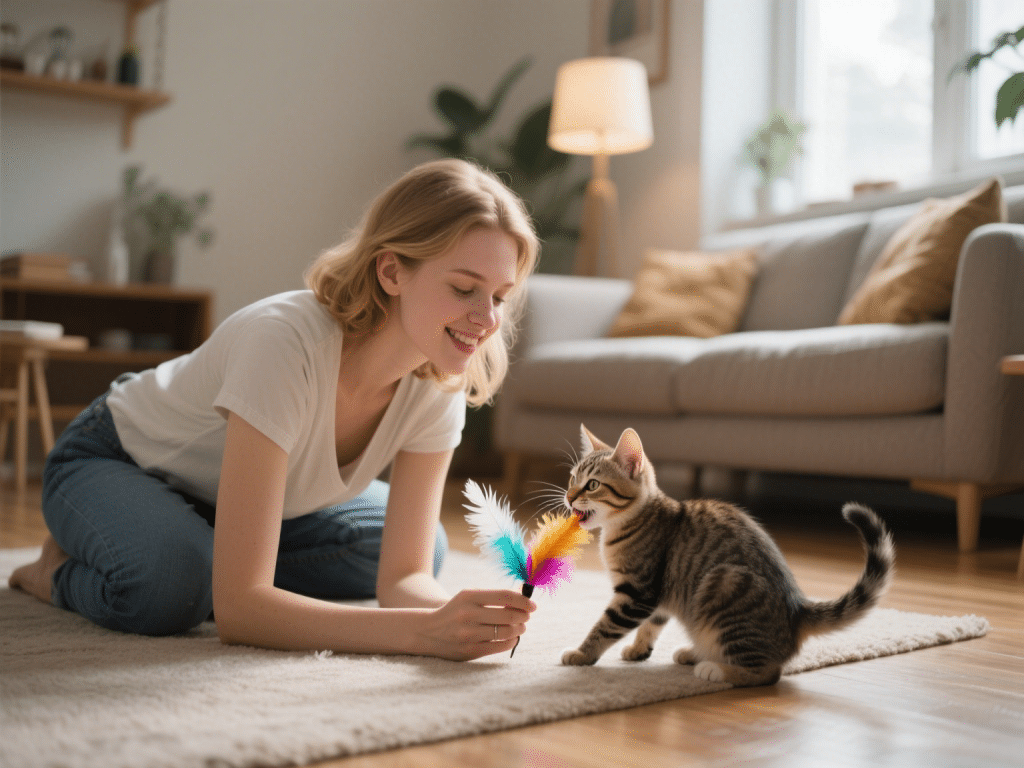
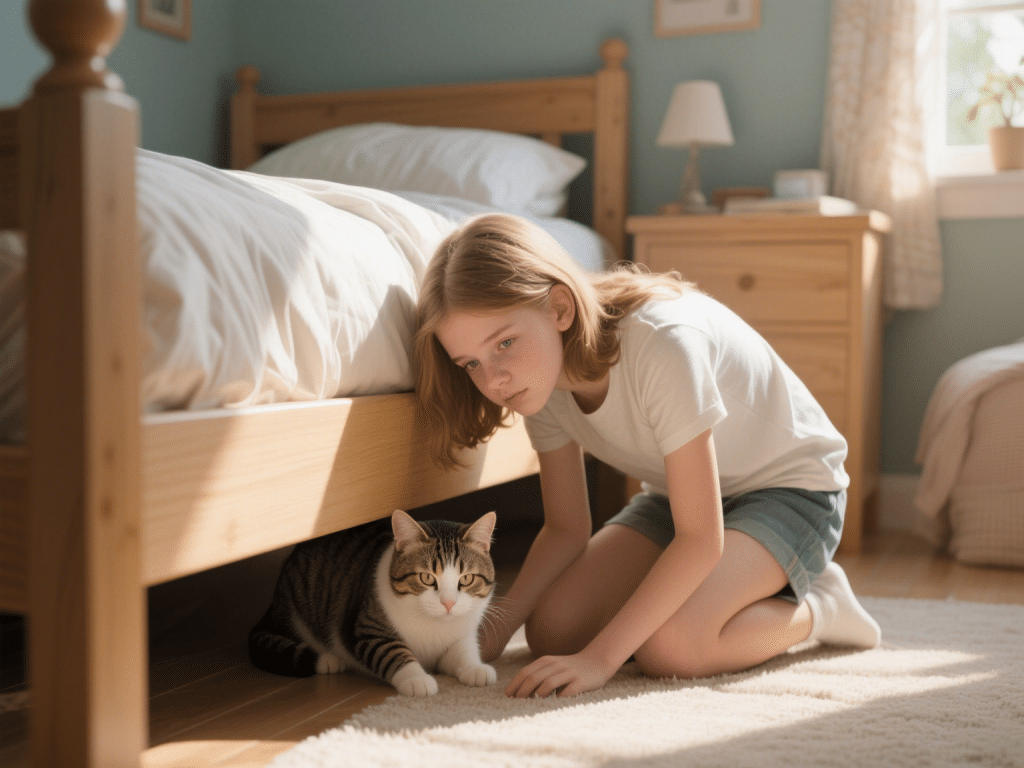

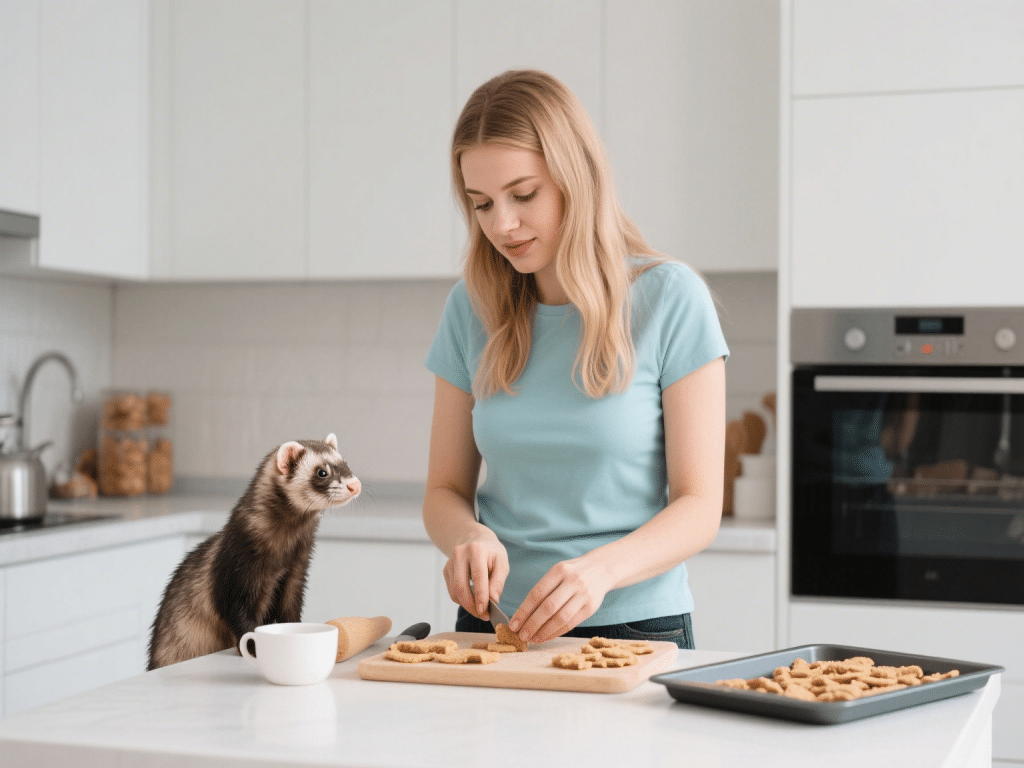

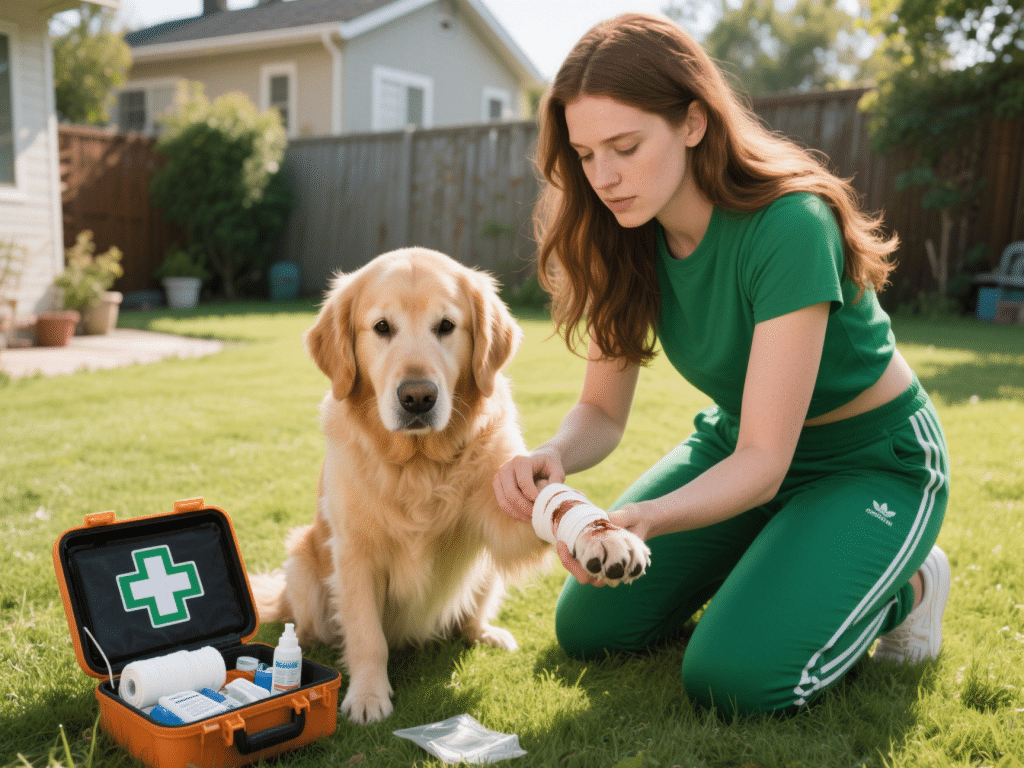
Comments on " How to Help Your Dog Adjust to a New Baby at Home" :